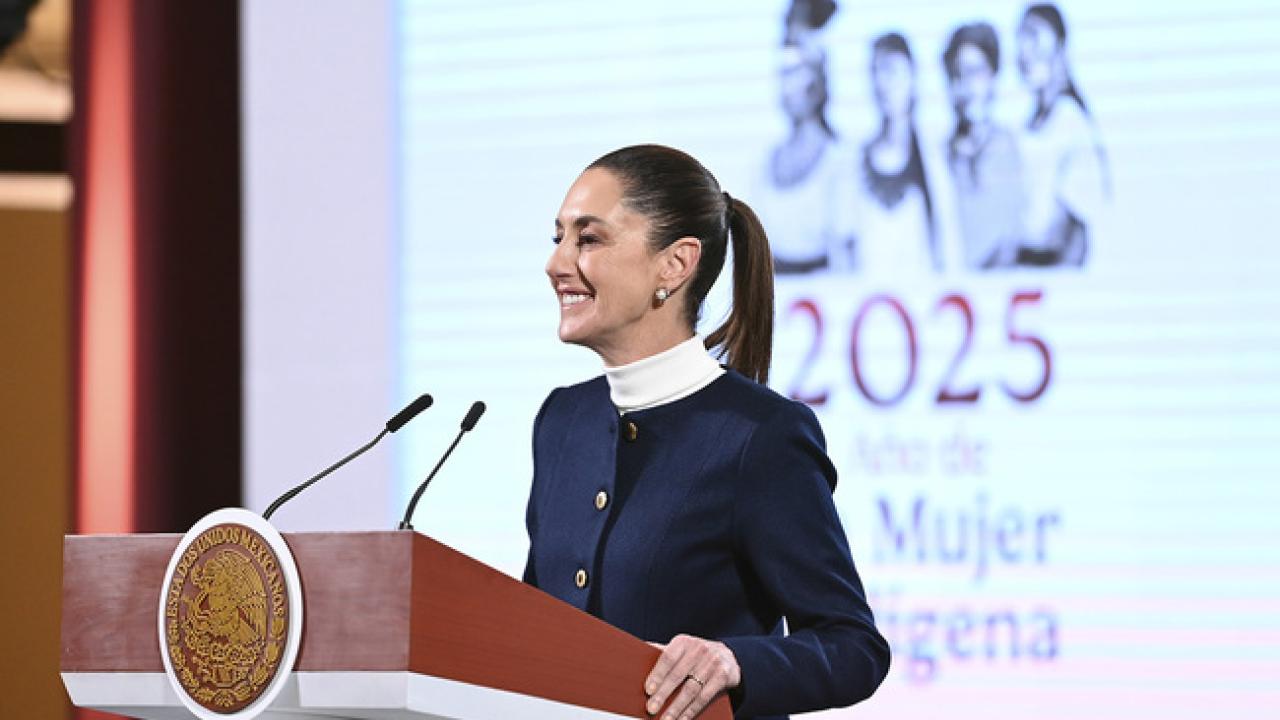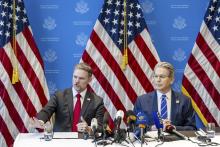
The plan includes a portfolio of US$277 billion in national and foreign investments, distributed across 2,000 specific projects.
Mexican President Claudia Sheinbaum presented this Monday the “Mexico Plan,” a comprehensive strategy that seeks to consolidate the country as a regional leader in economic development, social equity, among other issues, and to place the country among the 10 main economies in the world at the end of her six-year term.
The Mexican president revealed that the plan includes a portfolio of US$277 billion in national and foreign investments, distributed across 2,000 specific projects. These cover key sectors such as the textile, automotive, pharmaceutical, aerospace, agribusiness and electromobility industries.
"The objective is for each state of the Republic to have a clear project, with defined goals that promote regional development and the creation of well-paid jobs," he emphasized.
Among the most notable goals are turning Mexico into the world's tenth largest economy by 2030, increasing public and private investment to 27% of GDP, and reducing the time to approve investment projects from 2.6 years to just one year.
Rogelio Ramírez de la O, Secretary of Finance and Public Credit, explained the foundations of the "Mexico Plan," an economic strategy based on strengthening the integration of the North American region to counteract the loss of competitiveness against China.
The official highlighted the impact of China's share of global trade, which grew from 1.8% in 2000 to 13.6% in 2023. This growth, he said, contrasted with the decline in the share of North America - made up of Mexico, the United States and Canada - which fell from 19.8% to 13.8% in the same period.
Given this scenario, Ramírez de la O pointed out that the Mexico Plan seeks to take advantage of the potential of the Treaty between Mexico, the United States and Canada (T-MEC) to reconfigure supply chains in North America. According to an analysis by the Ministry of Finance presented to the United States government in 2021, replacing 10% of imports from China with local production in the region would generate significant growth:
- Mexico would increase its GDP by an additional 1.2%.
- The United States would grow by 0.8% more.
- Canada would see a 0.2% increase.
In terms of social welfare, the president pledged to reduce poverty and inequality in the country by increasing the minimum wage, creating 1.5 million additional jobs and promoting educational programs that link secondary and higher education with strategic sectors.
The president announced a schedule of actions for 2025 that includes the publication of incentives for the relocation of companies, the launch of a fund for small and medium-sized companies, and the construction of 10 new industrial parks. She also announced a reform to simplify investment procedures and a national digitalization strategy.









